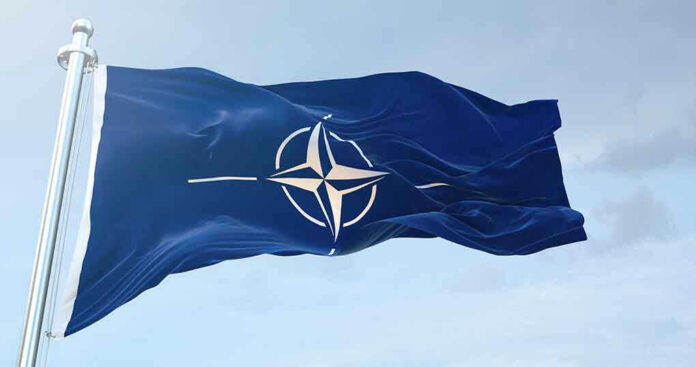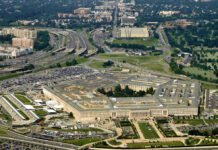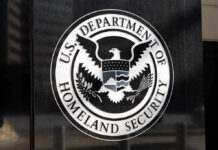
A new wave of Russian aggression tests NATO’s resolve, prompting President Trump to vow defense of Poland and the Baltics.
Story Highlights
- President Trump commits to defending Poland and the Baltic states against Russian provocations.
- Recent Russian drone and fighter jet incursions into NATO airspace raise tensions.
- Estonia calls for an emergency UN Security Council meeting over airspace violations.
- NATO scrambles aircraft in response to Russian military activities.
Heightened Tensions on NATO’s Eastern Flank
On September 21, 2025, President Donald Trump affirmed that the United States would defend Poland and the Baltic states if Russia continues its aggressive actions. This declaration comes after Russian drones and fighter jets breached NATO airspace over Poland and Estonia, escalating tensions in the region. On September 10, approximately 20 Russian drones entered Polish airspace, some intercepted by NATO forces, marking a significant increase in military provocations.
Just days later, on September 19, Russian MiG-31 fighter jets violated Estonian airspace for 12 minutes, further fueling concerns. Estonia responded by calling for an emergency meeting of the UN Security Council, underscoring the seriousness of the threat. These incidents highlight Russia’s strategy to test NATO’s resolve and probe alliance weaknesses, putting the region on high alert.
US Commitment Under President Trump
President Trump’s statement marks a significant shift in tone, contrasting with his earlier downplaying of the drone incident. Initially, Trump suggested the drone incursions might have been a mistake. However, faced with mounting evidence of deliberate provocations, he took a firmer stance. Trump’s public commitment to defending Poland and the Baltics underscores the importance of NATO’s collective defense guarantees, particularly Article 5, which pledges mutual defense against aggression.
The strategic importance of Poland and the Baltic states cannot be overstated. As frontline NATO members bordering Russia or its ally Belarus, these countries have long been wary of Russian belligerence, especially since Russia’s annexation of Crimea in 2014 and the ongoing conflict in Ukraine. NATO has increased its military presence in the region since 2022, reinforcing its deterrence posture.
Potential for Escalation and Broader Conflict
While Trump’s commitment reassures NATO allies, the risk of broader conflict remains. The incursions and subsequent military responses indicate a potential for further provocations or miscalculations that could escalate into a larger confrontation. The Lithuanian Defense Minister described Russia’s actions as deliberate tests of NATO’s resolve, echoing the concerns of many regional leaders who fear a repeat of past aggressions.
The situation has also sparked discussions within NATO about the need to re-evaluate its deterrence posture and increase defense spending. As tensions rise, the economic and political impacts could extend beyond Eastern Europe, affecting trade and investment and straining NATO unity if responses diverge. This evolving scenario underscores the need for vigilant diplomacy and strong defense commitments to maintain stability in the region.




























